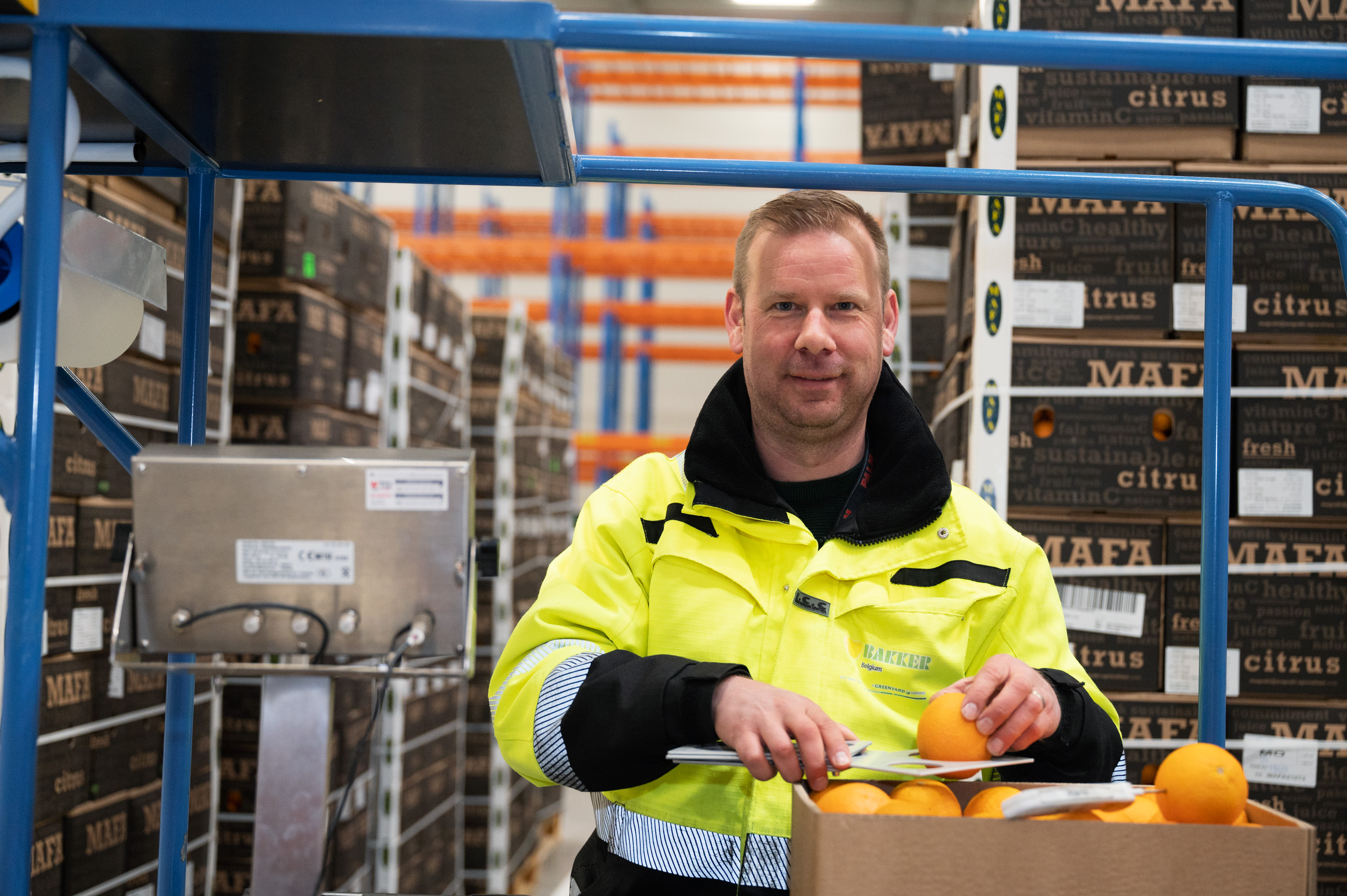The cauliflower season is in full swing! While many associate cauliflower with winter, nothing could be
further from the truth. Cauliflower is very much a summer vegetable.
From June to October, you can enjoy Belgian-grown cauliflowers to your heart’s content. Let’s take a
look at the journey a Belgian cauliflower makes before it ends up on your plate.
A demanding crop
Throughout the summer and much of the autumn, we get to enjoy open-field cauliflowers and you can
taste the difference. A rich, full flavour is a clear sign that they come from Belgian soil
but cauliflower is not the easiest crop to grow. The growing cycle lasts anywhere from 65 to as much
as 120 days. That’s a long period, which increases the risk of things going wrong. Open-field
cultivation is synonymous with weather-dependent and Belgian summers aren’t exactly known for
their consistency.
Cauliflowers are demanding vegetables. To grow a large, full head that makes your mouth water, they
need steady, uninterrupted development in soil that is rich in humus and lime, and that retains
moisture well. In other words, the pieces of the puzzle have to fit together perfectly.
Once a cauliflower is properly developed but still firm and tightly closed, it’s ready to be harvested.
This is done by hand and happens in several rounds per field so that only the ripe heads are picked.
The selected cauliflowers are laid on a harvesting belt and transported to a trailer, where they are
placed into crates. For this, we work with a number of dedicated growers.
Quality control at Bakker
Our vegetable buyer agrees in advance with suppliers on the daily volumes needed to meet
Delhaize’s needs.
Once the crates arrive at Bakker, they are checked by one of our quality inspectors. A quarter of the
delivered pallets are inspected. If the batch includes produce from several growers, one pallet per
grower is checked.
The top crate of each pallet is fully unpacked and every cauliflower is weighed, measured and
carefully examined. The three crates underneath are then inspected visually.
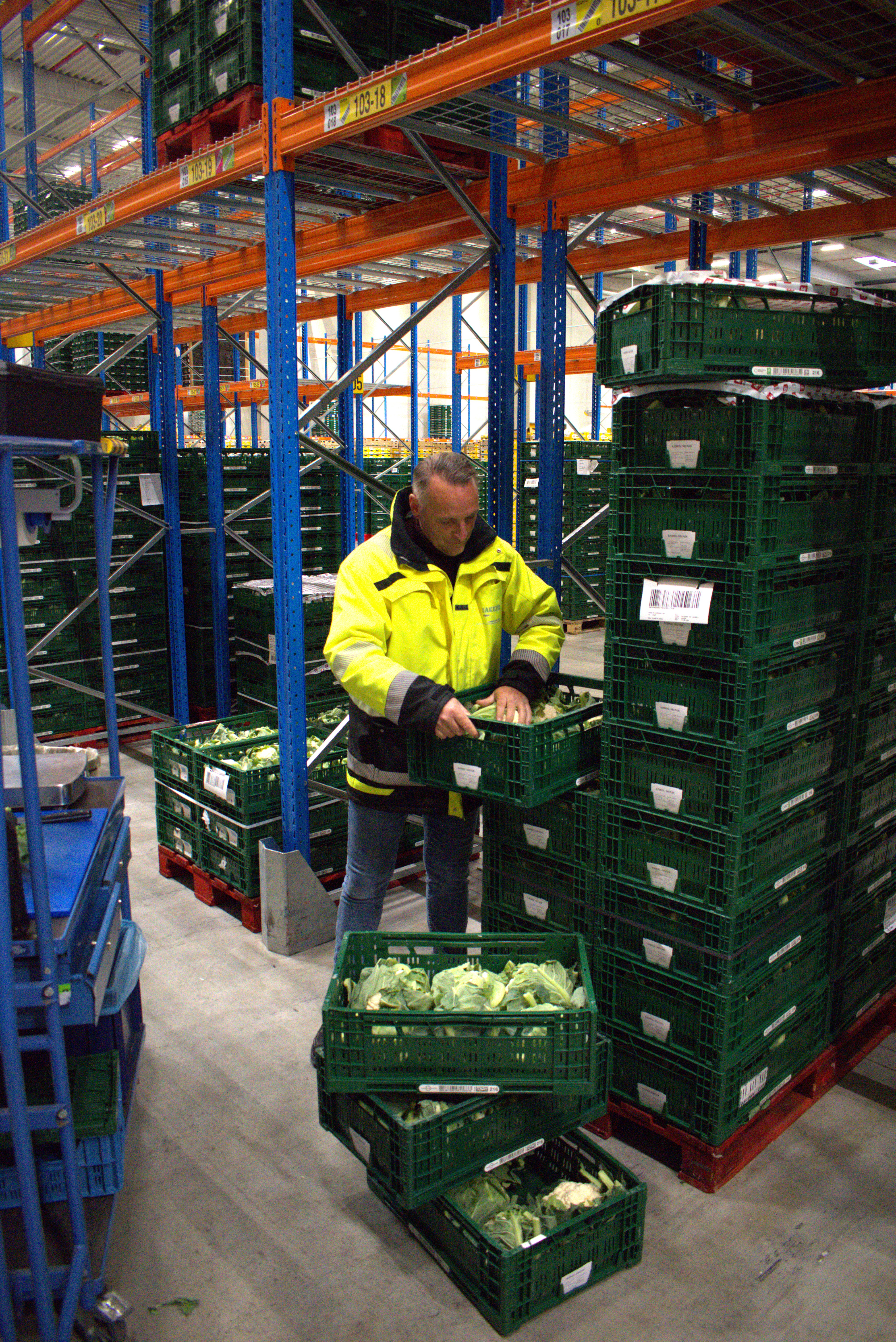
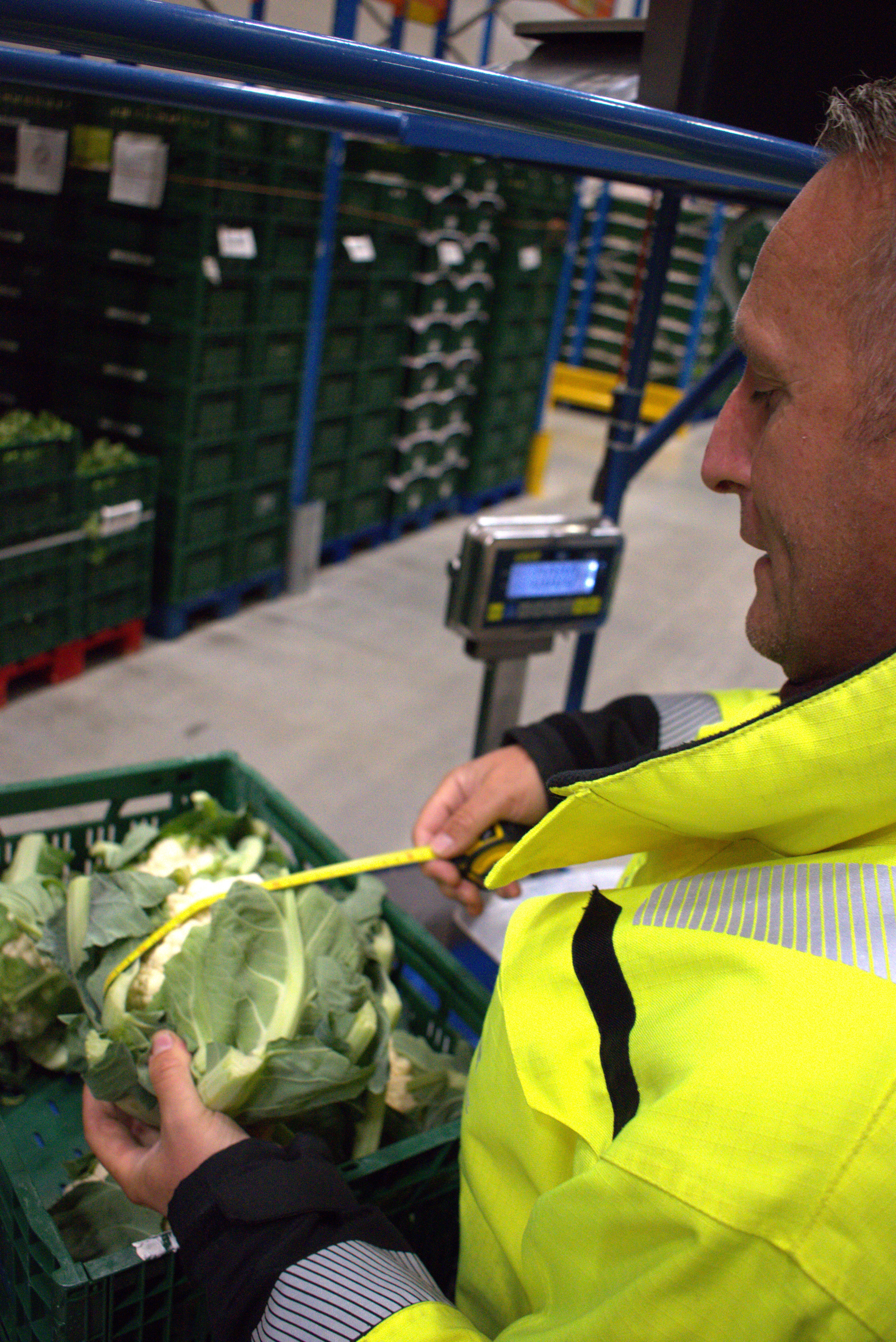
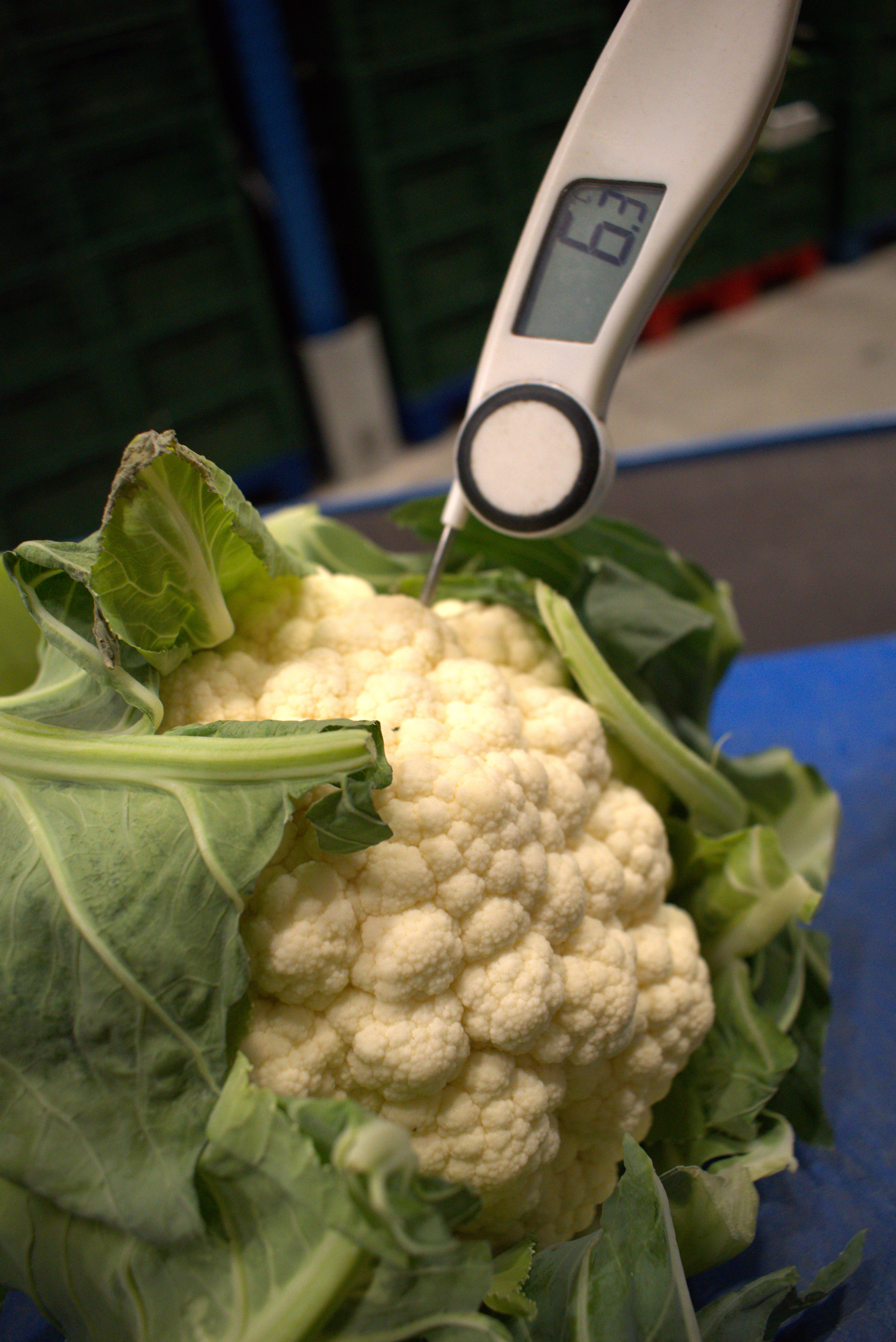
If everything is in order, the pallets are approved in our system and ready to be sent to Delhaize’s
distribution centre.
If any defects are found, the pallet is blocked and the problems are discussed with the buyer. The
most common defects in cauliflowers are discolouration of the head (brownish or yellowing), overripe
texture (soft or spongy), yellowed leaves (ageing), or browning and deterioration of the cut surface
(also age-related).
Cauliflowers are particularly sensitive to such ‘symptoms’, which is why it’s crucial to inspect the fields
daily and harvest any mature cauliflowers without delay.
Insects are almost never found on cauliflowers.
If the batch is approved, it’s sent out as quickly as possible to Delhaize’s distribution centre, and from
there to the various stores.
That way, the consumer can be sure their cauliflower is locally grown, field-harvested and quality
checked. The journey from field to shelf takes just two to three days.
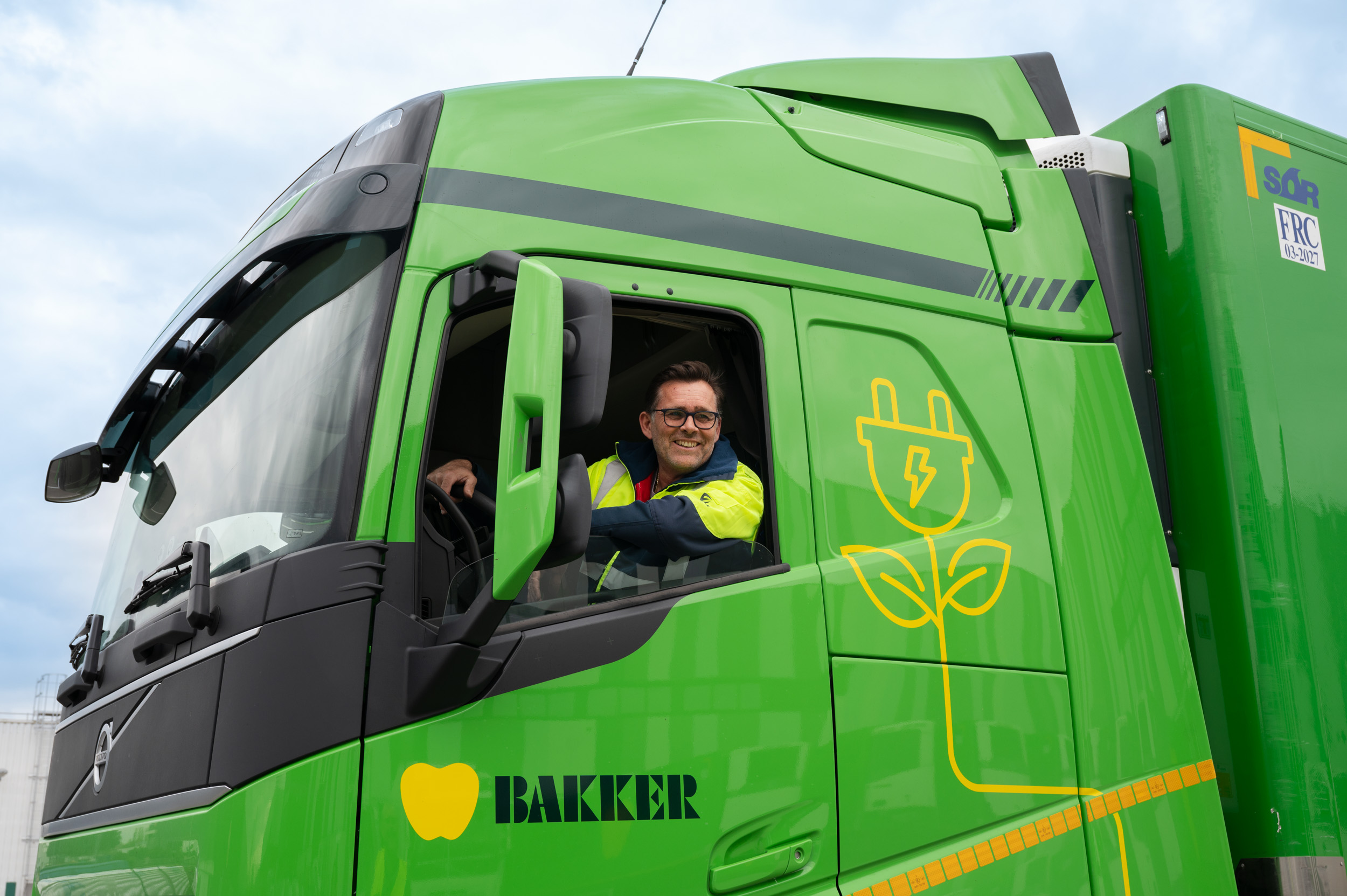.2025-06-19-07-57-44.jpg)
Join our quality team
Would you like to help ensure the quality of our fresh produce? Then be sure to visit this page to learn
more about how our quality department works.
On our job site, you can also discover which profiles we’re currently looking for to strengthen the
team.
